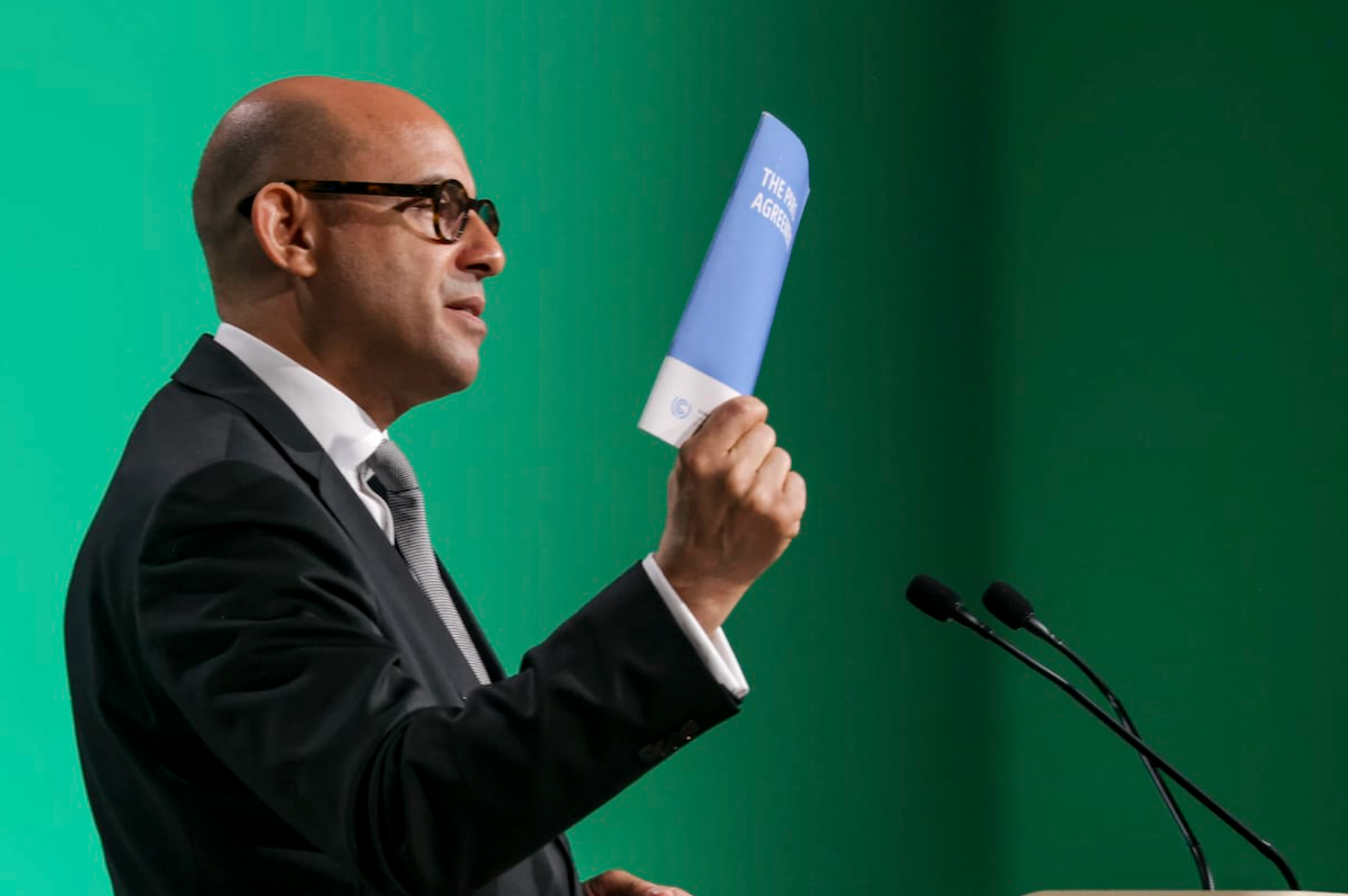The United Nations Environment Program's latest assessment delivers a stark message: global climate initiatives are drastically missing their marks. The 2023 Emissions Gap Report reveals current policies put Earth on track for warming between 2.5°C and 2.9°C by 2100, dangerously exceeding the Paris Agreement's 1.5°C target. Global greenhouse gas emissions reached a record 57.4 gigatons of CO2 equivalent in 2022, marking a 1.2% increase when steep reductions were needed.
Most concerning, these temperature projections account for all current climate pledges, including recent commitments made at COP28. The report emphasizes that even if all countries achieved their stated goals, the world would still face harmful climate impacts, from extreme weather events to potentially irreversible ecosystem damage.
Current Shortcomings
Current climate initiatives suffer from multiple critical weaknesses. The International Monetary Fund reports governments spent a record $7 trillion on fossil fuel subsidies in 2022, effectively undermining emissions reduction efforts. Meanwhile, climate finance flows remain severely inadequate. The latest UN data shows developing nations require $2.4 trillion annually by 2030 to implement effective climate action – a figure that dwarfs current funding levels.
Implementation of carbon pricing mechanisms continues to fall short. World Bank analysis confirms existing carbon prices remain insufficient to drive meaningful industrial transformation. Despite expanding coverage, these programs lack the strength needed to reshape economic behavior and accelerate the transition to clean energy.
What More is Needed?
UNEP's roadmap for correction requires massive action. To maintain any chance of limiting warming to 1.5°C, the UN claims that global emissions must drop 42% by 2030. This reduction represents 12 gigatons of CO2 equivalent annually, which is comparable to eliminating all emissions from global transportation.
The Global Stocktake from COP28 outlines specific targets: renewable energy capacity must triple to 11,000 gigawatts by 2030, while energy efficiency improvements need to double. To achieve this, countries must accelerate the phase-out of unabated fossil fuels, with clear timelines for transition. These goals demand massive scaling of clean energy infrastructure, from wind and solar installations to modernized power grids.
António Guterres, UN Secretary-General, emphasizes that while these targets remain technically achievable, the window for effective action narrows daily. The assessment concludes that decisions made through 2030 will largely determine whether the international community can prevent catastrophic warming.
Data shows that when climate change occurs, extreme weather events intensify, sea levels rise faster than predicted, and crucial ecosystems approach tipping points. As nations prepare for upcoming climate negotiations, pressure is mounting to replace voluntary commitments with binding action.
The gap between climate promises and reality threatens to burden future generations with an increasingly hostile planet. According to the UN, only immediate, coordinated action to transform energy systems, protect natural carbon sinks, and support vulnerable nations can alter this trajectory. The technology exists. The economic case grows stronger. What remains in question is whether global leaders will finally match their actions with their words.
As environmental agencies worldwide received their copies of the assessment, the message became clear: if UN predictions are true, incremental progress can no longer suffice. With extreme weather events intensifying and temperature records falling monthly, the next two years will prove decisive in determining whether humanity can mount an adequate response to this growing crisis. The upcoming climate negotiations in Stockholm this November will test world leaders' ability to create enforceable environmental policies, as pressure mounts for concrete action rather than mere pledges.
















Discussion